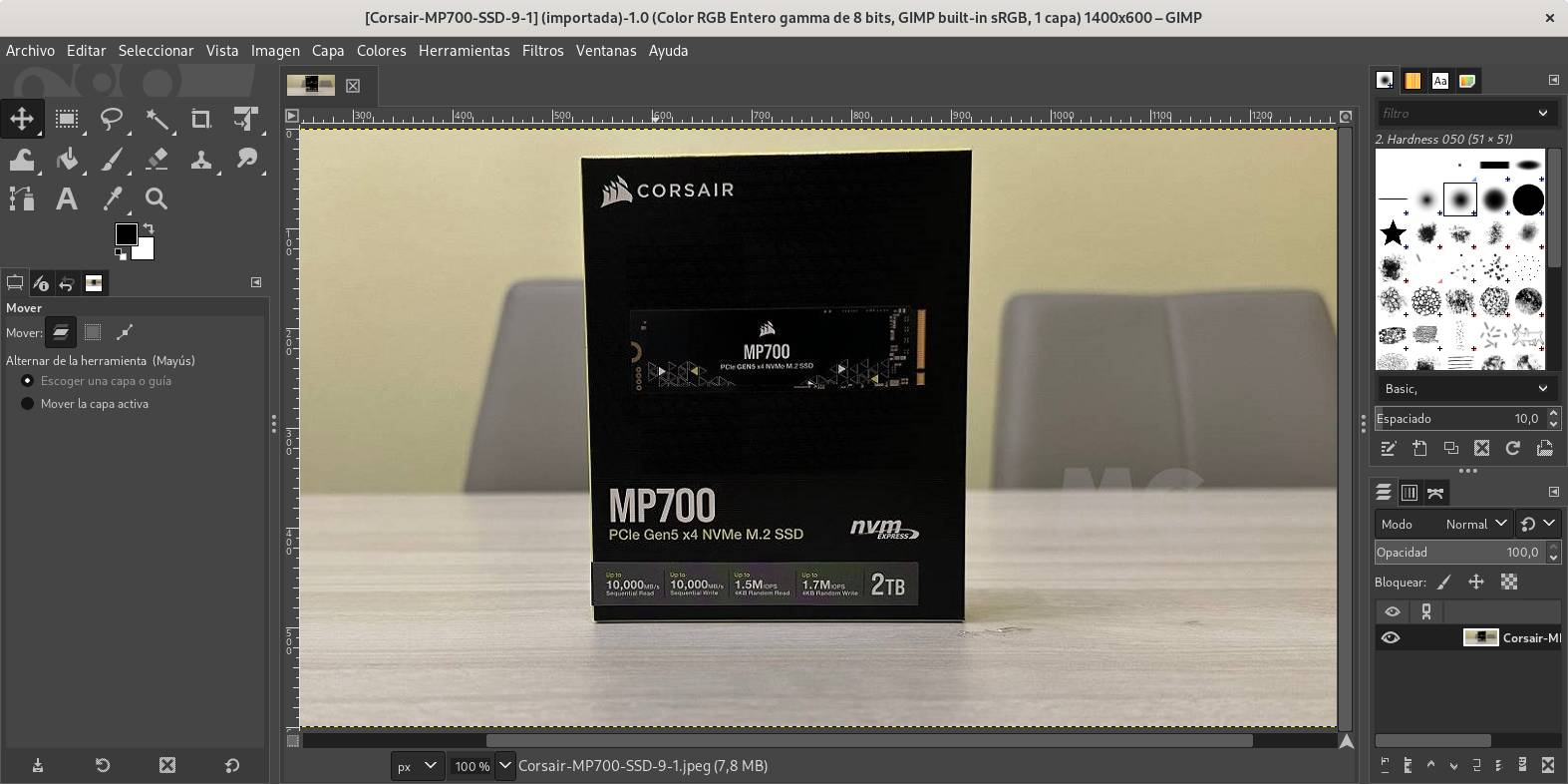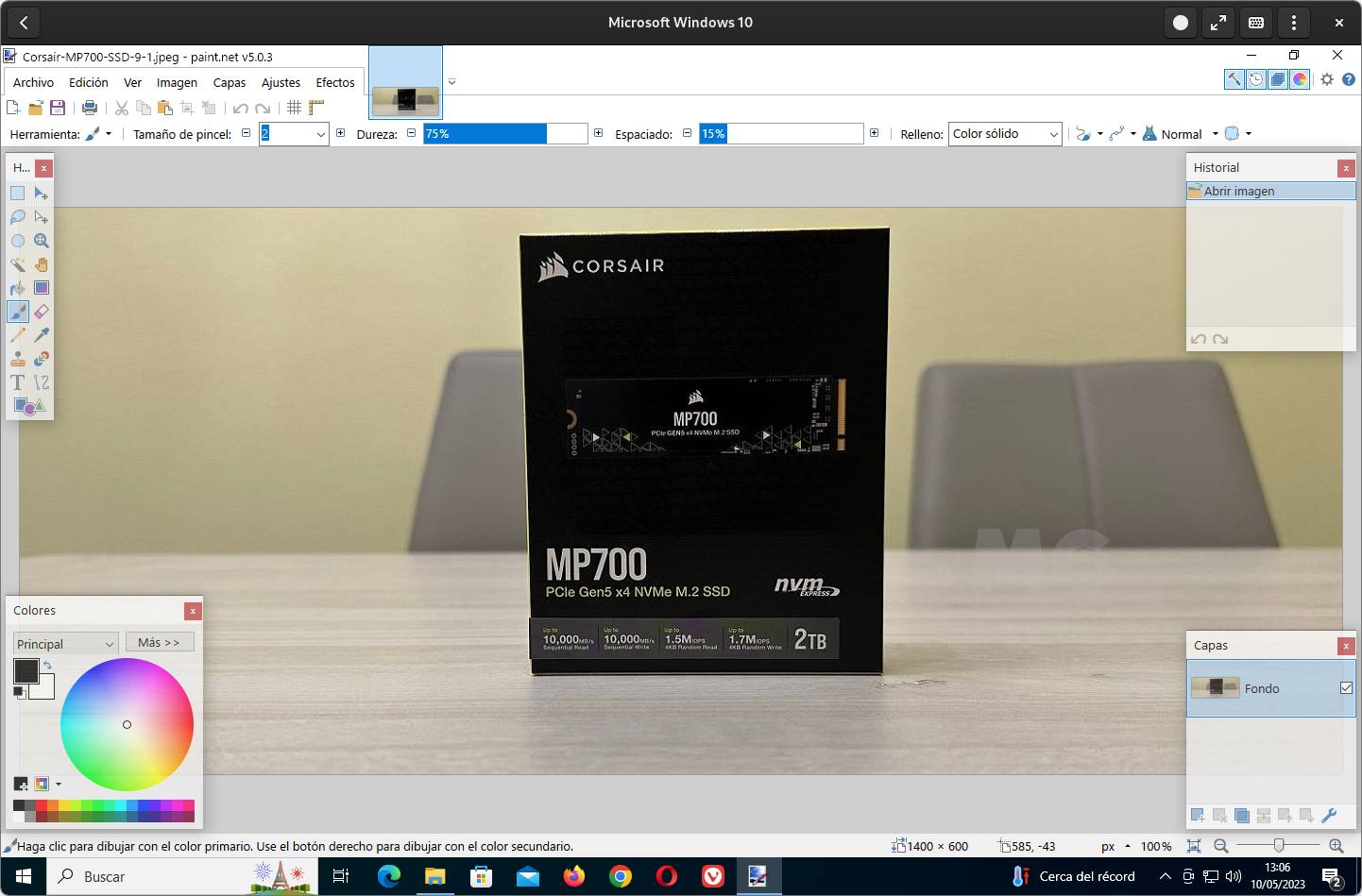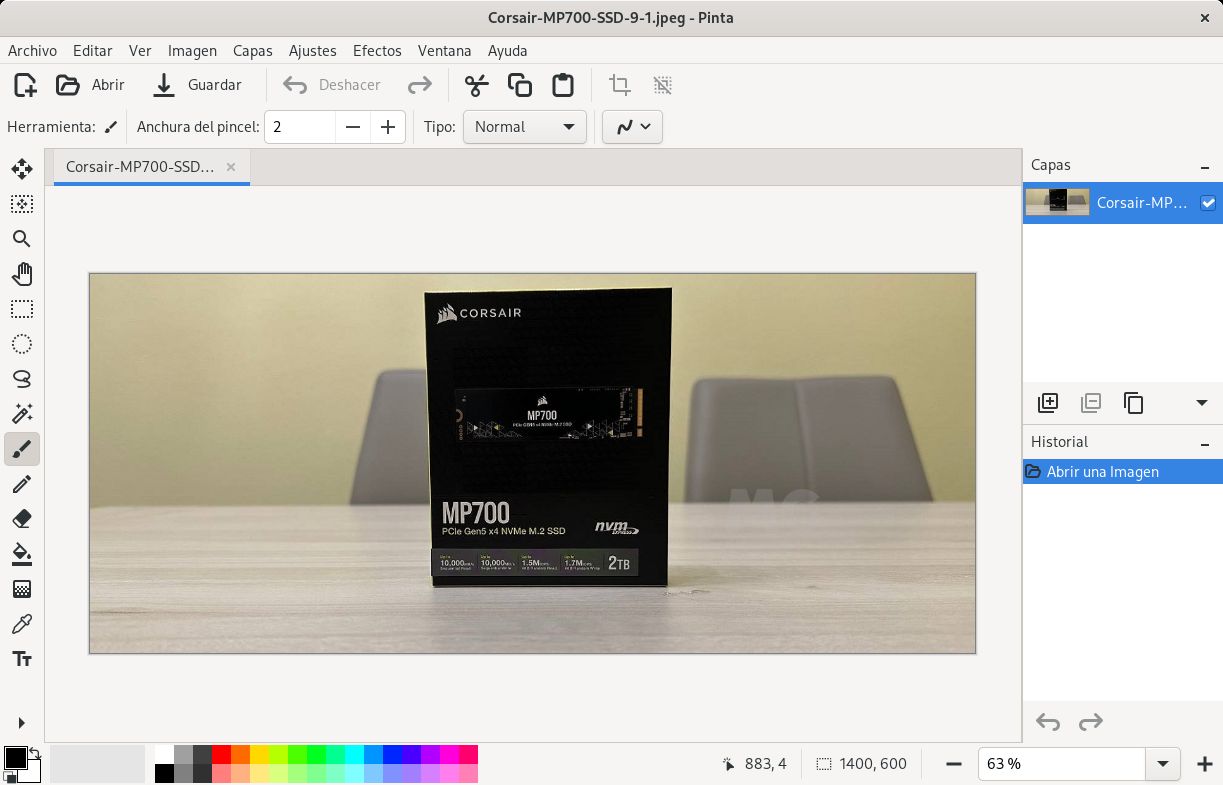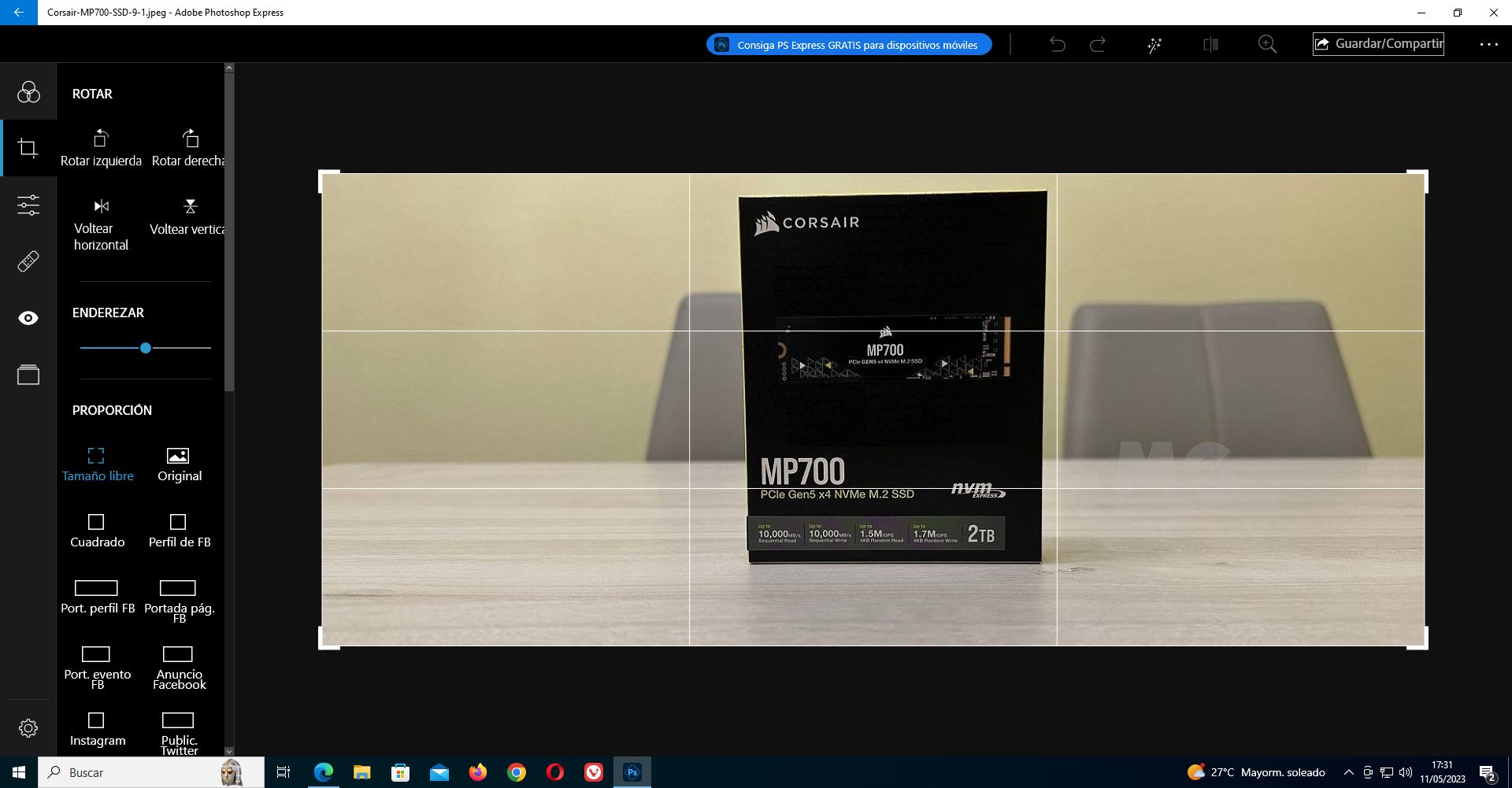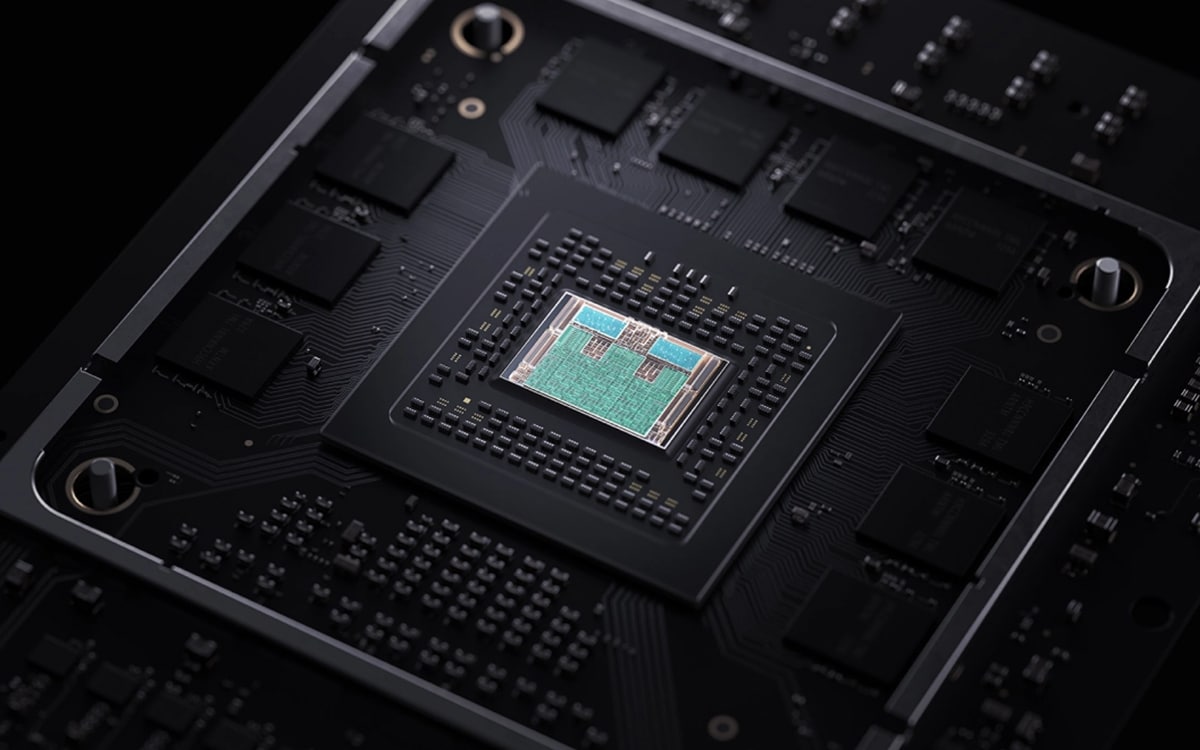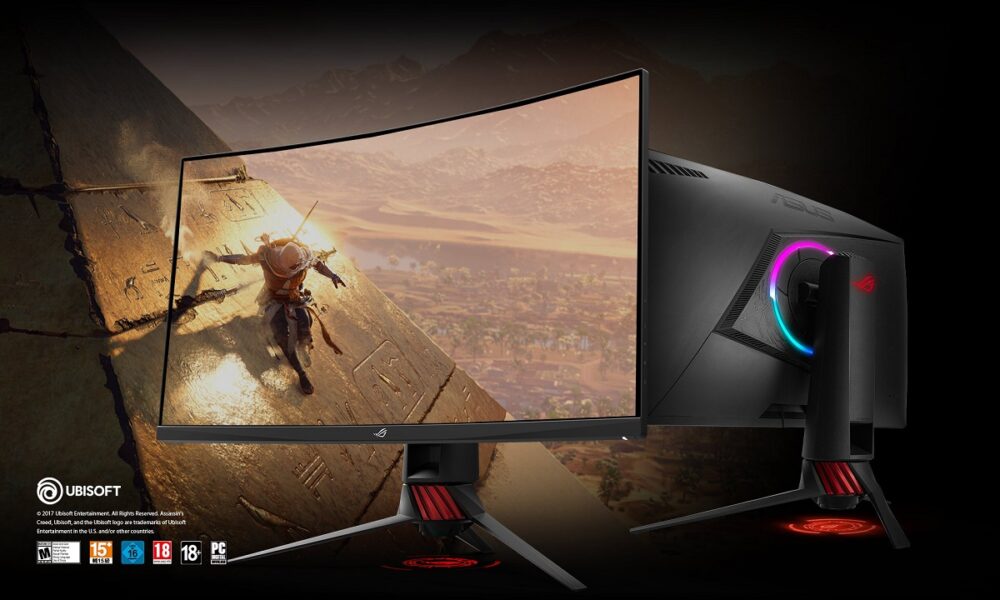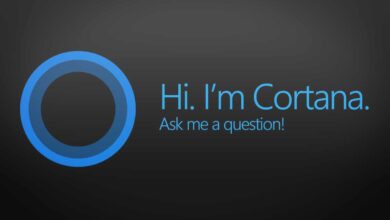
When it comes to image manipulation, photoshop It is usually the application that attracts attention, however, the reality is that it is excessively excessive for the vast majority of users, and this is not to mention that many people use it as a pirate, without paying the corresponding license to Adobe.
Let it not be misunderstood, I am not questioning an application that for a long time has established itself as the queen of its sector and an essential one for certain very demanding professional sectors, but, as happens with video editing, many users end up hacking Photoshop to do things that are doable in alternatives that are free.
Image editing is something that many users have ever done in our views. Obviously, the user’s profile and knowledge greatly determine the results that one can get and the ease that one has when using the tools. In addition to Adobe’s powerful manipulator and editor, it is worth mentioning the classic Microsoft Paint, which has been used by many to give free rein to the artistic vein to create, in most cases, works of more than questionable quality. .
In the first times that you deal with an image manipulator, you may find yourself lost or that the results are far from the desired ones, because, beyond the simplicity of Paint, there is a world full of possibilities that provides very diverse results. . Here There is no other choice to investigate and study to better understand the tools that are being usedin addition to resorting to the typical trial and error as a means to refine things or carry out own research tasks, because copying others is always easy once you understand what you are doing.
In order to help the reader to enter the world of image manipulation from a more basic and legal perspective, this time I am going to mention six free image manipulations and trying to prioritize solutions that are free software and multiplatform. Note that some of the apps mentioned are more drawing oriented, while others are more towards photography.
GIMP
I start with the great classic of these themes with permission from the well-known Photoshop: GIMP. The GNU Project Image Manipulation Program (yes, that’s what its name comes to say) is quite the veteran when it comes to image manipulation, both drawing and photography. It is also capable of opening vector images in SVG format, but this article is entirely focused on bitmaps.
GIMP is Photoshop’s traditional rival, but time has shown that a community of volunteers can’t compete with a corporation like Adobe, which also knows what it’s doing. To this we must add that GIMP itself has gone through stages in which its development has been very stopped due to the lack of manpower, which meant that, during the course of the second decade of the 21st century, it began to lose users to the next application that I am going to mention.
Despite the ups and downs in its development, GIMP is an easy to use application within its segment, with many possibilities, many effects and support for plugins. Its interface is generally easy to understand, which greatly softens the learning curve.
On the other hand, and since it came under the umbrella of GNOME, its development has accelerated quite a bit and now includes a handful of important improvements with each release, although that doesn’t mean that version 3 of the image manipulator isn’t hard to come by.
At this point I think it goes without saying that GIMP is free software, and is also one of the flagship applications of the movement. It has official versions for Windows, Linux and macOS.
Krita
Here I am going a little around the bush because Krita it is not, at least officially, an image manipulator, but rather a drawing application. However, It has powerful possibilities at the level of manipulationwhich are served through tools and options that are not always easily accessible, since it is focused on working as a drawing application.
Krita has been known for relatively little, about a decade, but its development began in 2005. For a long time it was part of the Calligra office suite, which belongs to the KDE project, but because its evolution was much faster than that of the other components of the suite, those responsible made the decision to split so that its development would be independent, but without abandoning the umbrella and belonging to KDE.
Krita is officially defined as a raster graphics editor designed primarily for digital art and 2D animation. Is about an application that has achieved recognition within its sector, even beyond Linux circles. Among its features, the support for OpenGL 3 and the G’MIC plugins stand out.
As I have already said, despite its orientation it was gaining users during the second decade of the 21st century at the expense of GIMP. Although it is true that Krita is difficult for users without knowledge and that you have to dig around to find some manipulation possibilities, the best results that could be achieved made the effort worth it.
Because it’s a member of KDE, Krita is free software and officially available for Windows, Linux, macOS, Android, and Chrome OS.
paint.net
paint.net is a free raster graphics editor available for Windows. Its origin is in a senior computer science design project carried out in 2004 at the Washington State University. Initially, its source code was released under a modified version of the MIT license, but after seeing that the source code was being plagiarized by others, those responsible decided to make it proprietary software.
Paint.net is programmed mainly with C# and, as its name indicates, is inspired by the classic drawing app that has long been present by default in Windows, without there being, at least officially, any link with it or Microsoft. However, the presence of “.net” in the name is a clear indication that the well-known word has been used for its construction. framework from the Redmond Giant.
Paint.net has traditionally been more powerful than classic Paint by being able to support layers and provide outstanding lists of effects and settings, so in this sense it is somewhat reminiscent of GIMP. What’s more, the default Paint.net interface is made up of floating sections/panels that are very reminiscent of the layout used in the past by the GNU Image Manipulator, which was replaced, at least in the default configuration, by a single window interface, since the floating panels were there for the purpose of supporting mainly displays running at lower resolutions and with an aspect ratio of 4:3, 5:4 or similar (the “square” ones we’ve been told about). accompanied until the panoramic ones completely displaced them).
In addition to layers and a relatively extensive list of effects and settings, Paint.net has support for a few plugins that must be made with the .NET framework. The programming language doesn’t seem to matter as long as you use Microsoft technology. Although it offers quite a few options, it may fall short for professional use.
Pinta
Does it burn you that Paint.net is proprietary software and exclusive to Windows? As an alternative there is Pintaa clone whose interface is built with GTK (the same library as GIMP) and C#, is open source as its source code released under the MIT license and offers cross-platform support to span Windows, Linux and macOS. Some parts of Paint.net were taken for the source code at the time, but for a long time its development has nothing to do with that of the software it imitates.
As a clone of Paint.NET that it is, Paint “borrows” many features of the original application, so we find support for layers and a good number of effects and adjustments. However, and although at the level of interface and functions it has many similarities, it differs by the fact that it uses a window-type arrangement.
For the rest, we have a bitmap editor that does not have great pretensions. Its focus on usability is reflected in features such as unlimited undo history, support for multiple languages, and a flexible layout of the toolbar. If you want Paint.net and you are not a Windows user or prefer open source solutions, Pinta is positioned as the best alternative.
darktable
So far we’ve been pretty focused on creating or editing drawings, so it’s about time to jump into photo editing. Among the options we can highlight darktablea known RAW image editor that has established itself as one of the most interesting options within its segment. It is free software as its source code is published under the GPLv3 license and it officially supports Windows, Linux, macOS and FreeBSD.
Despite being focused on the RAW image format, which is supported by cameras in order to provide lossless and uncompressed images from what is obtained from the camera sensor, darktable is capable of supporting a large variety of image formats and is capable of working with drawings and screenshots of video games, although there one deviates from the purpose of the application.
At the feature level, darktable supports advanced color management, ICC profiles, works in 32-bit float mode on a color channel in CIE LAB space, and OpenCL-based GPU acceleration. Compared to the other solutions mentioned in this list, darktable maintains the original image data until the final rendering that is done in the export process, and like other RAW image manipulation applications, it makes available a number of operations oriented to non-destructive editing.
Adobe Photoshop Express
And I close the list with Adobe Photoshop Express, a free and very reduced version of the well-known raster graphics editor. Obviously, being a free product, little remains of the application that many use pirated on their computers.
Despite its reduced possibilities compared to the full and paid version, Adobe Photoshop Express offers tools that allow you to cut, remove a background, create templates and two 2GB of free space. In addition, it makes available a large number of effects of all kinds and video editing support with the intention of making quick modifications aimed at publishing content on social networksit even provides a button to share through said media.
In short, Adobe Photoshop Express is a solution aimed at people who do not have a designer profile so that they can create content for social networks that look professional (at least in appearance).
Conclusion
As we can see, there are many alternatives to be able to manipulate images, and not only in Windows. Here I return to what I stated at the beginning, and that is that there are many applications within the segment that are good enough to not have to resort to hacking the paid version of Photoshop. Yes, without a doubt, Adobe’s solution is the best, but that does not mean that the other options are bad, and what is more, possibly some of the exposed alternatives are better suited to the user’s profile or knowledge.
Once again, I remember that, if one manages to make money with some of the tools published as free software mentioned (or even those that have not been mentioned), it would be highly recommended to make some financial contribution as a donation to contribute to the maintenance and project development.
